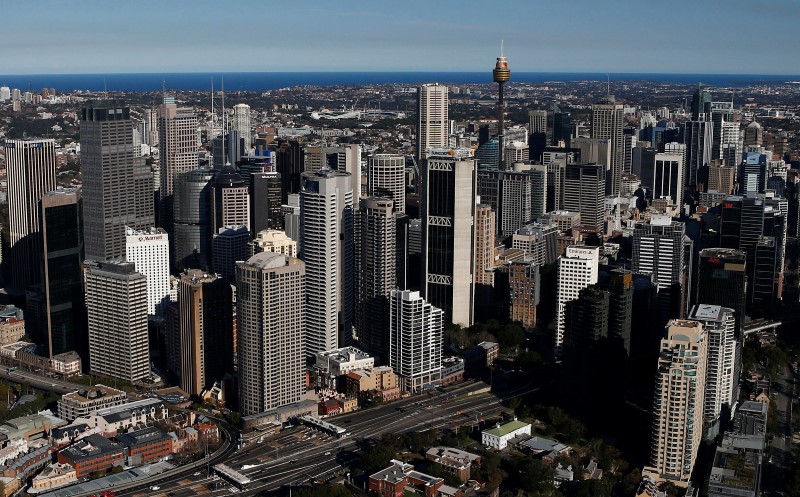(Add quotes, investor details, ratings)
By Cecile Lefort
SYDNEY, Sept 22 (Reuters) - Australia's Queensland Treasury Corporation (QTC) said it plans to sell long-term debt to lock in attractive terms amid falling interest rates and a global hunt for yield.
The lengthening of the borrower's yield curve would follow similar steps taken by the Australian federal government. Last week the national funding agency said it was planning to make a 30-year bond debut next month. Head of Investor and Government Relations Richard Jackson said Australian dollar bonds would remain the predominant funding vehicle because they cost the least.
Estimates show it would cost QTC around 30 to 40 basis points more to raise foreign currency denominated debt, such as U.S. dollars, largely due to the currency swap into Australian dollars.
QTC, the financing arm of the state of Queensland, is among the largest Australian borrowers with around A$84 billion ($64 billion) of debt on issue.
Falling interest rates worldwide have sent investors chasing yield, offering high quality borrowers attractive terms for long-term debt.
The maturity of a new benchmark size offer could be around 10 years, said Jackson, declining to give specific indications on the deal timing.
Supporting demand for QTC's debt is ongoing buying from deposit-taking institutions operating in Australia, which must hold liquid assets in case of a crisis, according to Jackson.
Also underpinning QTC's bonds are a yield premium of around 43 basis points over 10-year Australian federal government bonds AU10YT=RR .
With around 40 percent of QTC's total debt held by international investors, Jackson expects sustained buying from offshore, including from the United States where he noted growing appetite.
QTC said this is partly due to the addition of U.S. Rule 144A to QTC's domestic debt program in 2012, which allows certain U.S.-based investors to purchase bonds from day one of an issue rather than having to wait 40 days.
QTC's 2016-17 borrowing requirement is A$7.3 billion, which includes A$1.9 billion of new money.
Annual issuance has more than halved since it hit a peak above A$18 billion in 2008-09 when the state spent on infrastructure to support the economy.
As a result, Queensland saw its pristine triple A ratings trimmed to AA+ by S&P and Aa1 by Moody's, unlike its peers from New South Wales and Victoria, which kept their top ratings. ($1 = 1.3106 Australian dollars)
